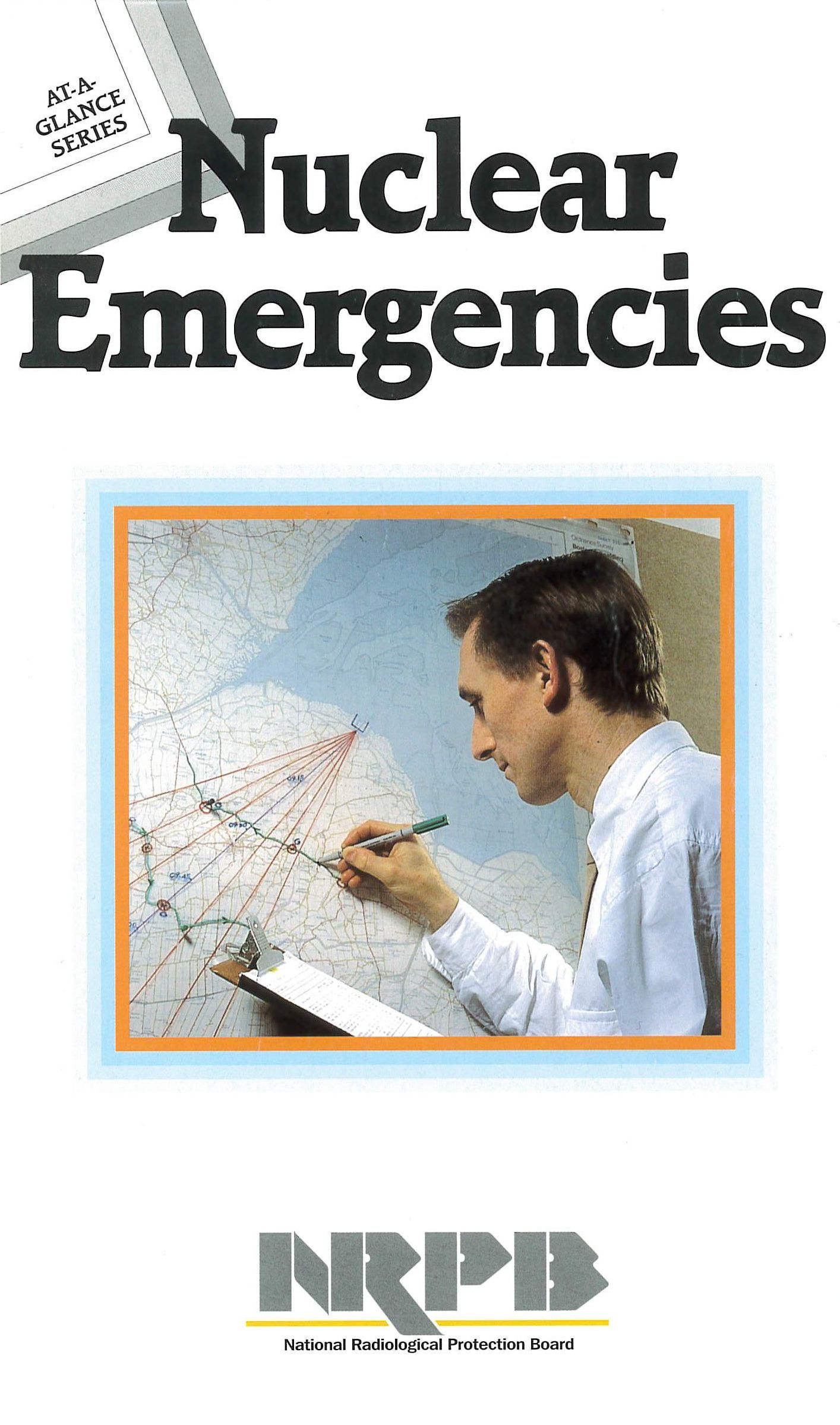Joshua McMullan takes a look at how science is communicated to the public at times of crisis.
Looking at the history of the UK civil nuclear industry and how it communicated with the public often leads me to semi-catalogued or completely uncatalogued collections of archival material. The latter was certainly the case with the David Fishlock Collection held at the University of Bath Library. However, one of the pleasures of looking through uncatalogued material is those moments when you find that gold star material and then begin to ponder how and why it got there.
Researching the nuclear industry’s communication of science, it was interesting to see several leaflets from the National Radiological Protection Board (NRPB) produced as part of its ‘At-A-Glance Series’ that started after 1989. Written as a response to the incident at Chernobyl in 1986, which saw radioactive material depositing across the UK, particularly in the highland, sheep-pasturing areas of Cumbria, the Scottish Highlands and North Wales, the leaflets deal with a multitude of issues such as nuclear emergencies, doses from discharges, and radiation protection standards, providing a summary of the issues associated with these topics.
For example, the leaflet on nuclear emergencies looks at the countermeasures to be used, the principles and standards that guide their use, methods for measuring radiation, and emergency plans. It includes information about the different types of nuclear accidents that can occur. This is because the UK government and industry were keen to communicate that while all nuclear incidents are undesirable, some are worse than others. Some, like what happened at Chernobyl, ‘could not happen here’ in the UK. But, as accidents can and have happened, the leaflet also looks at how the worst impacts of such an event could be mitigated. Sheltering, evacuation, the ingestion of iodine tablets, and the banning of certain food products are all presented as means to limit the dose of radiation that people might be exposed to in a nuclear emergency. Alongside this is a chart suggesting that certain countermeasures should only be adopted at certain dosage levels. Decisions on which actions to take to protect the public should be based on an assessment of the benefits against any potential harm done. This includes disruptions to transport, emotional distress, and economic cost. (Sounds very familiar in the current climate of the Covid-19 pandemic.)
It is not surprising that David Fishlock, a science journalist specialising in the nuclear industry with many years’ experience working at the Financial Times, would have copies of these leaflets. Unless you worked for or lived near a nuclear site, the industry did not expect that the general public would understand or even view this material. Instead, journalists such as Fishlock would process and disseminate the information using their scientific background and training to not only communicate it to readers, but also, where necessary, to question its accuracy, effectiveness and efficacy.

